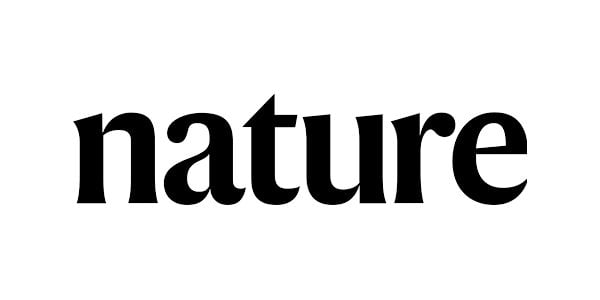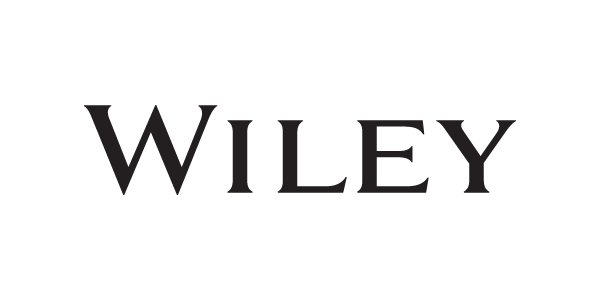1 min read
1 min read
222 nm Far-UVC Light Safely Inactivates Airborne Human Coronaviruses
 UV Medico
:
Mar 4, 2024 2:05:41 PM
UV Medico
:
Mar 4, 2024 2:05:41 PM

A direct approach to limit airborne viral transmissions is to inactivate them within a short time of their production. Germicidal ultraviolet light, typically at 254 nm, is effective in this context but, used directly, can be a health hazard to skin and eyes. By contrast, far-UVC light (207–222 nm) efficiently kills pathogens potentially without harm to exposed human tissues. We previously demonstrated that 222-nm far-UVC light efficiently kills airborne influenza virus and we extend those studies to explore far-UVC efficacy against airborne human coronaviruses alpha HCoV-229E and beta HCoV-OC43. Low doses of 1.7 and 1.2 mJ/cm2 inactivated 99.9% of aerosolized coronavirus 229E and OC43, respectively.
As all human coronaviruses have similar genomic sizes, far-UVC light would be expected to show similar inactivation efficiency against other human coronaviruses including SARS-CoV-2. Based on the beta-HCoV-OC43 results, continuous far-UVC exposure in occupied public locations at the current regulatory exposure limit (~3 mJ/cm2/hour) would result in ~90% viral inactivation in ~8 minutes, 95% in ~11 minutes, 99% in ~16 minutes and 99.9% inactivation in ~25 minutes. Thus while staying within current regulatory dose limits, low-dose-rate far-UVC exposure can potentially safely provide a major reduction in the ambient level of airborne coronaviruses in occupied public locations.
Latest knowledge from UV Medico

1 min read
Mouse Skin Reactions to 222nm and 235nm UV-C Light Exposure

1 min read
Germicidal Efficacy and Mammalian Skin Safety of 222-nm UV Light

1 min read
222nm Far-UVC Lamps: Antimicrobial in Hospital Waiting Areas

222nm UVC Light: Safe and Effective Bacterial Killer in Human Trials

Harmless Effects of 222 nm Far-UVC Radiation on Mouse Skin and Eyes
.jpg)
Far-UVC - Effectively Disinfects SARS-CoV-2 Surface Contamination

1 min read
 UV222™
UV222™ UV222 Linear
UV222 Linear UV222 Downlight
UV222 Downlight Vertex 222
Vertex 222.png) UV222 Pendant
UV222 Pendant.png) UV222 Booth
UV222 Booth.png) UV222 Step-On
UV222 Step-On.png) UV222 Cleanroom Downlight
UV222 Cleanroom Downlight UV222 Dual Downlight 60x60
UV222 Dual Downlight 60x60 UV222 Material Airlock
UV222 Material Airlock UV222 Ambulance
UV222 Ambulance UV222 Compact
UV222 Compact UV222 Industrial
UV222 Industrial